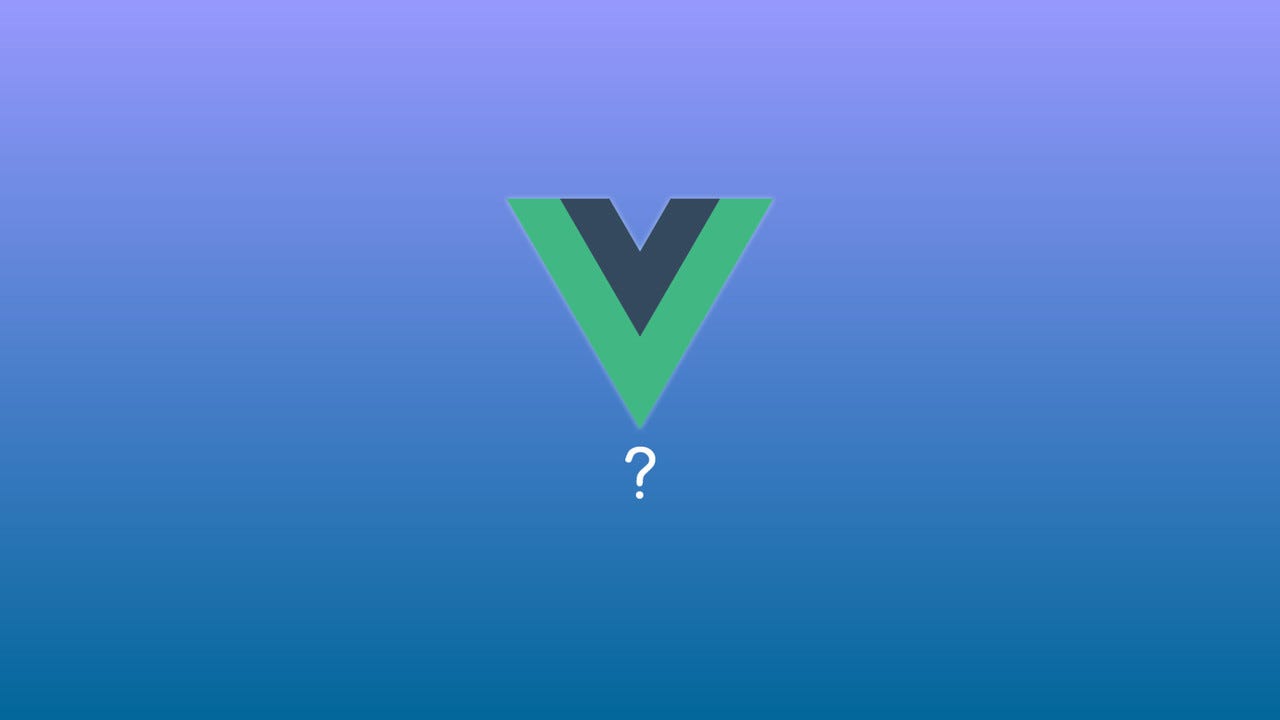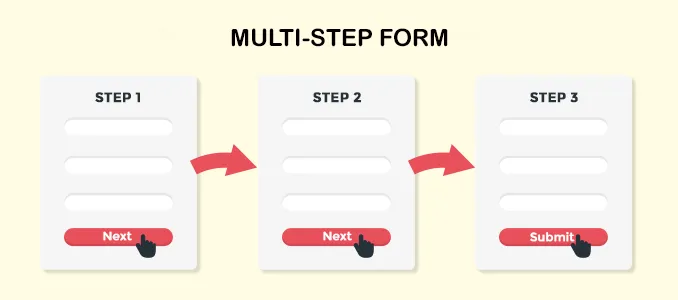Choosing the right framework for building admin panels is a critical decision for developers, as it directly impacts the efficiency, maintainability, and scalability of applications. One of the popular solutions in this space is the vue admin framework, such as AdminForth, which simplifies the process of creating dynamic and feature-rich admin dashboards. In this article, we will explore the importance of selecting the right admin panel framework and compare various popular options available.
Why Choosing the Right Admin Framework Matters
Admin panels are essential components of web applications, providing a centralized interface for managing content, users, and other critical backend operations. An efficient admin panel can significantly enhance the productivity of development teams and end-users by offering intuitive dashboards, data visualization, and CRUD (Create, Read, Update, Delete) functionalities.
Choosing the wrong framework can lead to several challenges, including:
- Poor Performance: Slow load times and laggy interactions.
- Limited Customization: Inability to tailor the interface to specific business needs.
- Complex Integration: Difficulty in connecting with APIs and databases.
- Lack of Support: Minimal documentation and community support.
Therefore, developers need to consider various factors before deciding on a framework to ensure seamless development and long-term sustainability.
Key Factors to Consider When Selecting an Admin Panel Framework
1. Ease of Use and Learning Curve
Developers should prioritize frameworks that offer comprehensive documentation, tutorials, and an active community. A framework that is easy to learn and implement can reduce development time and effort.
2. Customization and Flexibility
Different projects have different requirements. The ideal admin framework should allow developers to customize UI components, workflows, and data handling without extensive modifications to the core structure.
3. Performance and Scalability
Admin panels often handle large datasets and complex operations. The chosen framework should be optimized for performance, ensuring fast response times and scalability as the application grows.
4. Integration Capabilities
Seamless integration with APIs, databases, and third-party services is crucial for efficient data management and automation.
5. Security Features
Since admin panels deal with sensitive data, security should be a top priority. The framework should offer robust authentication, authorization, and data encryption features.
6. Community and Support
A strong developer community and reliable support channels can significantly ease the development process and troubleshooting.
Popular Admin Panel Frameworks
There are several admin panel frameworks available, each with its strengths and ideal use cases. Some of the most widely used options include:
1. AdminForth
AdminForth is a comprehensive admin panel framework that leverages Vue.js for the frontend, Node.js for the backend, and Tailwind CSS for styling. This combination provides a seamless and efficient development experience, offering pre-built UI components, modular architecture, and easy API integration.
Pros:
- Pre-built UI components for quick development.
- Vue.js reactivity for smooth interactions.
- Built-in authentication and customization options.
- Open-source framework with an active community.
Cons:
- Requires familiarity with Node.js and Vue.js.
2. React Admin
React Admin is a popular framework built on React that provides a highly customizable and extensible solution for admin dashboards. It offers data-driven UI components and strong support for REST and GraphQL APIs.
Pros:
- Strong ecosystem and community support.
- Component-driven development for scalability.
- Rich integration capabilities.
Cons:
- Learning curve for beginners unfamiliar with React.
3. Laravel Nova
Laravel Nova is a premium admin panel built specifically for Laravel applications. It provides deep integration with Eloquent ORM and a wide range of features tailored for PHP developers.
Pros:
- Seamless integration with Laravel projects.
- Advanced analytics and reporting tools.
- User-friendly interface.
Cons:
- Paid framework.
- Limited use outside Laravel projects.
4. Django Admin
Django Admin is an out-of-the-box solution provided by the Django framework. It offers a fully functional admin panel with minimal configuration.
Pros:
- Built-in with Django.
- Secure and customizable.
- Ideal for Python-based projects.
Cons:
- Limited UI customization.
5. Bootstrap Admin Templates
Bootstrap-based admin templates, such as AdminLTE and CoreUI, provide ready-made solutions that can be easily integrated with various backend frameworks.
Pros:
- Quick setup with responsive design.
- Suitable for small projects.
- Wide range of themes and plugins.
Cons:
- Requires manual backend integration.
Conclusion
Selecting the right framework for building admin panels is crucial for the success of web applications. Several frameworks, such as AdminForth, React Admin, Laravel Nova, and Django Admin, offer various features and advantages depending on the project's needs.
Developers should consider factors like ease of use, scalability, customization options, and integration capabilities before making a decision. Businesses can ensure efficient operations and an optimal user experience by choosing the right admin framework.


